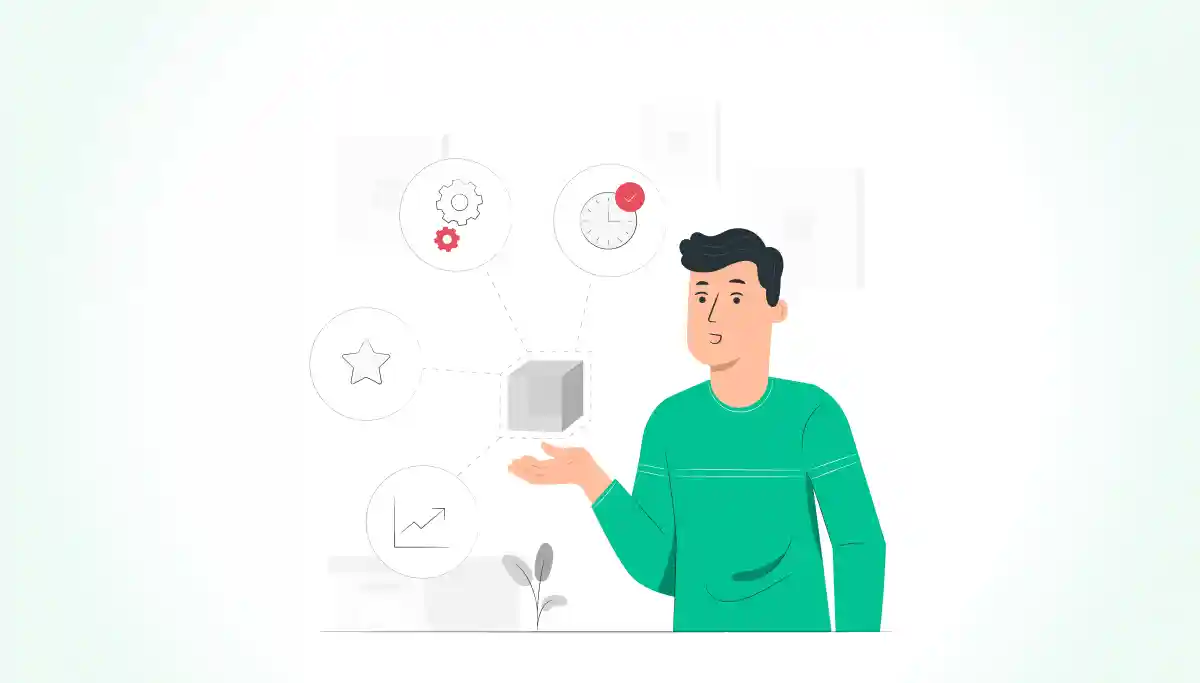SaaS businesses are deeply concerned with the retention of their customers, since their business is based on the subscription model which requires returning customers, month-on-month, year-on-year. They want to keep their customers happy so they renew their subscription and maintain a high customer lifetime value with the business.
Did you know that customer satisfaction and customer retention are intimately linked? When customers are satisfied, they are more likely to keep purchasing your products and stick around for the long-term. SaaS businesses must learn how to keep their customers satisfied if they are to experience growth and profit.
Generally speaking, satisfied customers are more loyal and more resistant to the appeal of your competitors. If you want to keep customer retention strong, it’s vital to make your customers more satisfied with your service, product and support, making sure every interaction counts.
It’s critical to think about customer retention, when you think that a 5% increase in retention leads to a 25% –29% increase in revenue. Furthermore, a full half of a company’s revenue is earned from 8% of their most loyal customers.
What is Customer Retention and Satisfaction?
Customer satisfaction is how well your business meets the needs and expectations of the customer. It’s referring to how happy they are with the product and service, and is directly related to the interactions they have with your brand throughout the customer journey.
You can measure customer satisfaction in several ways:
- Customer satisfaction score – sending a survey to ask customers to rate their level of satisfaction with the service on a numerical scale, or asking them to click on smiley faces.
- Net Promoter Score – sending a survey to ask customers to rate how likely they are to recommend your product or brand on a scale of one to ten, and then grouping the respondents into Detractors, Passives, and Promoters.
- Customer Effort Score – sending a survey to ask customers to rate how much effort it took to complete an interaction on a numerical scale.
Customer retention refers to how well your business is doing at persuading customers to remain customers over a period of time. If a customer makes a one-time purchase but then churns, your retention rate suffers. Customer retention is the direct inverse of churn, and is a metric that businesses need to focus on if they want to drive profit.
Does your customer subscribe for a month but fail to renew?
Customer retention addresses this question, and is the need to turn customers into repeat buyers, who generate a higher lifetime value with your company. You can measure customer retention with the customer retention rate formula

Both customer satisfaction and customer retention can be represented as metrics that tell you how well your business is doing with customer success and engagement.
What Is the Relationship between Customer Satisfaction and Retention?
While a customer might be generally satisfied with your product or service, they still might churn at the end of the day. The correlation between customer satisfaction and customer retention is not absolute, but satisfaction is still a strong predictor of retention.
For example, customers may be very happy with the support they received from the team, which helped them to solve their problem. On the other hand, they are extremely dissatisfied with the product itself and this leads them to churn. This case is an example of a customer who was satisfied with part of the experience they had, but couldn’t be retained because the product simply didn’t meet their needs.
Another example would be the customer who is retained by your software because they find the idea of switching too difficult. If you make offboarding from your product too ominous, you will retain customers who will never be satisfied no matter what you do. It’s better to allow customers to leave gracefully, with the understanding that they may still recommend your product.
Keeping your customers satisfied makes it more likely they will renew their subscription, and therefore impacts customer retention positively.
Advantages of Improving Customer Satisfaction
Earns word-of-mouth recommendations
Satisfied customers who are retained in the long-term are more likely to provide word-of-mouth recommendations for friends, family or colleagues. Word-of-mouth is the most trusted form of marketing, with 92% of customers trusting recommendations from their friends.
Lowers marketing and sales costs
It costs five to 25 times more to acquire a new customer than retain an existing customer. Marketing to an existing customer is much cheaper than marketing to a new one, because they are already familiar with your brand and open to your messaging.
Drives revenue for your business
Naturally, the more customers you retain over the long-term, the more profit and revenue you are likely to earn from these customers. Retaining existing customers has the potential to increase profitability by between 25% to a huge 95%.
Vital Strategies to Improve Customer Satisfaction
Reduce customer effort
Make it easier for customers to interact with your company and get their problems solved. Customers who find it a difficult experience to contact support are more likely to churn because they feel dissatisfied with your business. More easeful customer experiences that flow effortlessly keep your customers coming back for more.
Offer exceptional customer support
When customers do get in touch with your brand, offer them the best support possible that will have them raving about you on review sites and to their friends. If a customer is contacting your support team, it’s likely that something has already gone wrong and so it is your opportunity to provide moments of delight.
Schedule a demo with one of our experts to take a deeper dive into Churn360
Book a demo
Improve the onboarding process
Customers who are onboarded properly are more likely to gain value from the product and therefore be retained in the long-term. Onboarding means teaching customers how to use your software’s most important features and how they can use it to solve their problems. If a customer doesn’t know how to use your product, they will churn.
Gather as much feedback as possible
The one sure-fire way to keep customer satisfaction levels high is to actively collect feedback from your customers about their experiences. Even the simple act of asking for an opinion can create a positive impression of your brand. Feedback from customers tells you where you can improve and where your product might need tweaking.
Regularly measure and monitor satisfaction and retention
If you don’t measure your customer satisfaction and retention, then you can’t manage it. Keeping track of these metrics tells you how well you are doing and whether there has been an improvement in retention. If your retention rate starts to dip, you know you need to intervene somewhere.
Wrapping Up
Loyal and satisfied customers remain with your brand in the long-term and have a high customer lifetime value. Keeping churn under control and retention high is a key strategy of successful SaaS businesses. By understanding the relationship between customer satisfaction and retention, companies can positively affect it.
Without satisfaction, customers will not engage with your products and they will start to consider your competitors in case they offer a better experience. Though some satisfied customers might still leave, the majority will stay committed to your brand.
FAQs
What is customer satisfaction?
Customer satisfaction is the ability of your business to meet the needs and expectations of your customers.
What is customer retention?
Customer retention is the number of customers your business retains over time, along with the strategies and methods you use to retain them.
How can you monitor retention?
You can monitor customer retention through keeping track of customer retention rate, which is measured with the following formula: (number of customers at period end – number of customers gained during period) / number of customers at start of period x 100
Which is more important, customer satisfaction or customer retention?
Both are important, because they are both measures of how engaged a customer is with your brand or product. Customer satisfaction influences retention, because happy customers stick around longer.


